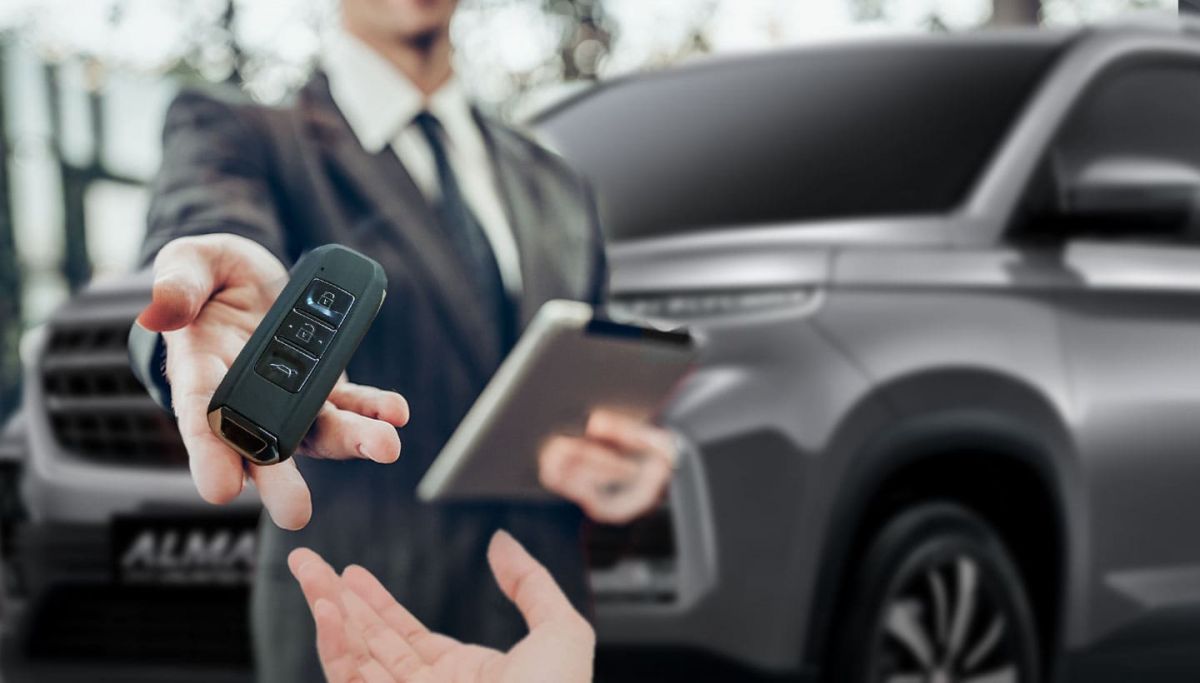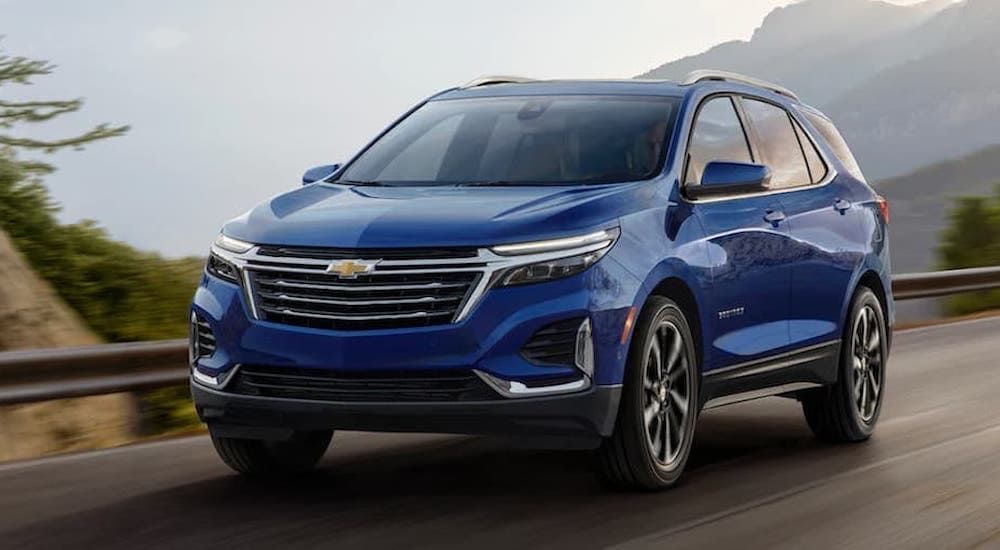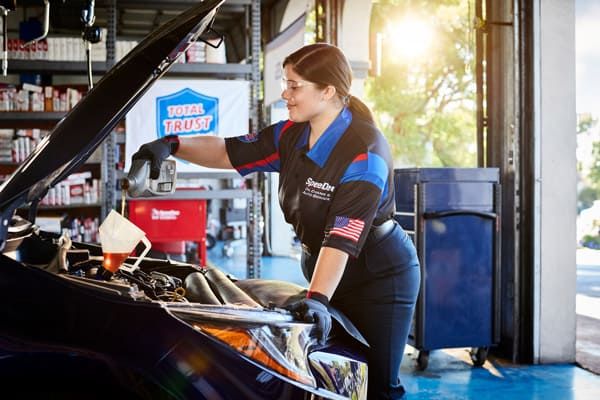Common Visual Problems You Should Take Steps to Prevent

Our delicate eyes, when compared to the often overlooked limbs, are one of the most important organs that let us see the world in great detail. But numerous factors such as genetics, aging, environmental factors, or even just basic habits can lead to various vision related issues. Being aware of these conditions and taking preventive measures can contribute to healthy eyesight andminimize long-term damage. The most typical vision problems refractive errors, age-related problems, and digital eye strain require a different type of prevention and eye care services.
1. Refractive Errors
Refractive errors are the world's most common eye problem, affecting millions of individuals worldwide. These take place when the eye's shape makes it difficult for light to focus on the retina so vision is blurred. Nearsightedness (myopia) makes distant objects appear out of focus, while farsightedness (hyperopia) makes close-by things hard to focus on. Astigmatism is due to the cornea not being a perfect round shape, which causes both near and distance vision to blur. Although genetic factors also contribute to refractive errors, too much screen time and not enough time outdoors, particularly in children, can make myopia more severe. Preventative measures can help, such as getting regular eye exams, having good lighting while reading and taking breaks from screens to avoid eyestrain.
2. Elderly Eye Disease
As we age, we become more at risk to develop elderly eye diseases. Cloudy area in the lens of the eye that result in gradual decline in vision and untreated may cause poor vision. While the cure is very effective, wearing UV sunglasses and a high antioxidant diet may help prevent them from developing so quickly. Glaucoma, the “silent thief of sight,” is caused by damage to the optic nerve from elevated pressure within the eye. Early detection is essential because symptoms don't show up until later on and monitoring of eye pressure is important. Macular degeneration, also a top source of vision loss among older adults, impairs central vision as a result of retinal damage. A diet of leafy greens, fish, vitamin C and E can help support retinal health, and not smoking greatly reduces the risk.
3. Computer Vision Syndrome
Today, as digital devices become ubiquitous, you'll see the rise of computer vision syndrome or digital eye strain. Symptoms can include dry eyes; headaches; and blurred vision, mainly from blinking less and staring at screens for long periods of time. The high levels of “blue light” emitted by many of these devices is also causing us to experience “retinal fatigue.” To reduce these effects, experts advise following the 20-20-20 rule, take a 20-second break every 20 minutes and view something 20 feet away. Moderating screen brightness, employing blue light filters, and maintaining posture can also help relieve pain. Artificial tears can also help to alleviate dryness, especially for contact lens wearers or when working in an air conditioned environment.
4. Kids’ Eye Problems
Kids are also susceptible to vision issues that, if left untreated, can hold up learning and development. Amblyopia, or lazy eye, is a condition in which one eye is weaker than the other, while strabismus, or crossed eyes, is characterized by misalignment of eye movement. Early diagnosis through a pediatric eye exam is important because treatments, such as patching or the fitting of glasses, are most effective when the condition is treated early. Promoting outdoor activities and minimizing overly close work can also help maintain healthy vision in young children.
5. Prevention
Preventative eye care should be for a lifetime. There are silent diseases and problems, like glaucoma, that only an eye examination can detect. A diet rich in nutrients that include carrots, spinach and omega-3-rich fish promotes eye health. Playsafe kids sport protection glasses that prevent injury during sports and dangerous work. Protective eyewear should be worn while playing sports or on the job to avoid eye injury. Smoking cessation and controlling other comorbidities such as diabetes and hypertension are also key to the maintenance of sight.
Sight is a great privilege which enhances the quality of life. Although some ocular conditions develop with age, many can be prevented or minimized with proactive steps. And with a basic awareness of common vision issues and a few healthy habits in place (regular check-ups, screen moderation, a healthy diet), we can protect our peepers for generations to come.
 Disclaimer:
Disclaimer:
The content provided on our blog site traverses numerous categories, offering readers valuable and practical information. Readers can use the editorial team’s research and data to gain more insights into their topics of interest. However, they are requested not to treat the articles as conclusive. The website team cannot be held responsible for differences in data or inaccuracies found across other platforms. Please also note that the site might also miss out on various schemes and offers available that the readers may find more beneficial than the ones we cover.
Related Websites
-
 Health & Wellness
Health & WellnessHeavy Sweating: Heat or an Issue with Health?
Sweating is a completely normal and necessary function of the body that is essential for regulating temperature, and that’s doubly true during exercise or when it’s just plain hot outside. But if the perspiration slides to a level you’d define as excessive — with no apparent cause, disrupting your daily habits — it might be a sign of an underlying health issue. Medically called hyperhidrosis, there are several types, including focal sweating experienced in the hands, feet, armpits and face and generalized sweating that occurs throughout the body. Everyday,girls and boysbreak a bit of sweat, it’s a surefire sign that you’re either too cold, or that you wear way too many layers, but if you’re sweating for no reason – and can actually soak through your clothes – then there may be a medical reason such as a hormonal imbalance (in which case it’s a side effect of menopause, puberty, pregnancy, and therefore anything that fucks with your hormone situation can also mess with your sweat glands), infection, metabolic disease, or an underlying progressive disease. -
 Home & Garden
Home & GardenChoosing the Proper Furniture for Your RV
A recreational vehicle is perfect for you if you enjoy travel and want to live comfortablywithout sacrificing the coziness of home. And whereas furnishing a non-mobile home that one owns is far from simple, the constraints of an RV are entirely different than those of a traditional home. What you choose in a rig will directly affect where you have to stay, what you can carry with you, how comfortable your living is, and how efficiently you'll use fuel. So, when it comes to splurging, there are a few things you'll want to get right so your money isn't wasted on something that won't make your trips on the road more enjoyable. -
 Automotive
AutomotiveTips to Know Before Buying a Car
As we all know that buying a car costs us much, such as a lot of money, time and preparations. No matter you are buying a new or used car in the market, here are some suggestions that may help you.1.Do Your ResearchBefore starting your purchase, you ought to be fully prepared. Do a research on the making, models and decorations of the cars you are interested in. Online resources such as Kelley Blue Book and Consumer Reports perform well in price comparison, reviews and understanding fair market values. Knowing the invoice price and the retail price will make you stay in dominant position when negotiating.2.Timing is KeyBuying at the right time canhave a big impact on the price. To meet sales quotas, dealerships frequently offer discounts towards the end of each month, quarterand year. Plus, new models usually come out in late summeror early fall, creating great opportunities to buy outgoing models at a discount. Holidays such asBlack Friday, Memorial Day and Labor Day are also good times to find deals.3.Focus on Buying Used or Certified Pre-OwnedNewvehicles depreciate rapidly, losing as much as 20% of their value during the original year. And choosing a used or certified pre-owned (CPO) car could save you thousands and still be a dependable vehicle.Certified Pre-Owned (CPO) cars are usually more expensive than a typical used car, but they include an extended warranty and come after undergoing a rigorous inspection, making them a safe choice for buyers.4.Financing Pre-ApprovalGetting a loan from your bank or credit union before you everstep on the dealership lot can give younegotiating power. While many dealerships will have a financing offer that ishighly competitive, obtaining a loan from a bank or credit union will at least know your budget and interest rate in advance to start your negotiations.Compare different offers to maximize best option.5.Negotiate the Monthly Payment“Remember, they look at the monthly payment. You should look at the total cost of the car.” Dealers can stretch out the loan term to make monthly paymentsmore manageable, but usually, this means paying more interest over time. Make sure you get theout-the-door price, including taxes and any fees.6.Makethe Most of Incentives and RebatesCash rebates, low-interest financing or special lease deals are common from manufacturers and dealerships. Visit the automaker’s website or ask the dealerabout current promotions. There can be big savings fromcombining the incentives and negotiation.7.Shop AroundRefuse toaccept the first offer. This will save you money to compare prices at different dealerships or online. Let dealers know you’re looking around — that can motivate them to make an offer that’s best to win your business.8.Examine the Carin Great DetailIf you’re buying used, always checkthe car’s condition and get a vehicle history report (Carfax or AutoCheck, for example). If the car is new, inspect it for any cosmetic or mechanical problems before leaving the lot. Adetailed inspection guarantees the vehicle is of quality.9.Be Willing to Walk AwayIf the deal falls short of what you want, don’t hesitate to walk away. Make sure that you’re serious if you want to know the best price a dealer will negotiate with you. In the long run, patient waiting will prove beneficial.10.Factor in Total OwnershipCostsLookat thetotal cost of ownership,including insurance, routinemaintenance,fuel and depreciation. If acheaper car is expensive to maintain or has poor fuel economy, it may cost more over the long haul.These tips will allow you to effectively maneuver through the car-buying process with confidence, and you will get a great deal. Just remember that planning and patience are your greatest alliesin saving money and getting behind the wheel of the perfect car for you.
Featured Articles
-
 Automotive
AutomotiveEvolution of the Chevy Equinox: From Theta Platform to Modern SUV
-
 Travel
TravelPlanning a Family Vacation: A Guide to Creating Lasting Memories
-
 Automotive
AutomotiveWinter Tires: A Must-Have for Safe Winter Driving
-
 Automotive
AutomotiveWhy Choose SpeeDee Oil for Your Vehicle?
-
 Automotive
AutomotiveA Comprehensive Guide to US Gasoline Octane Ratings
-
 Automotive
AutomotiveSomething to Notice for Replacing Your Car's Windshield
-
 Travel
TravelWhat an American Citizen Should Know About Turkey Visa
-
 Travel
TravelA Vacation to Jamaica: A Tropical Paradise








